Search Result
Results for "
pancreatic β-cells
" in MedChemExpress (MCE) Product Catalog:
1
Biochemical Assay Reagents
4
Isotope-Labeled Compounds
| Cat. No. |
Product Name |
Target |
Research Areas |
Chemical Structure |
-
- HY-147503
-
|
|
Apoptosis
|
Cardiovascular Disease
|
|
Vin-F03 is a potent pancreatic β-cells protective agent with an EC50 of 0.27 µM. Vin-F03 effectively promotes β-cell survival and protects β-cells from STZ-induced apoptosis. Vin-F03 can be used for type 2 diabetes mellitus research .
|
-
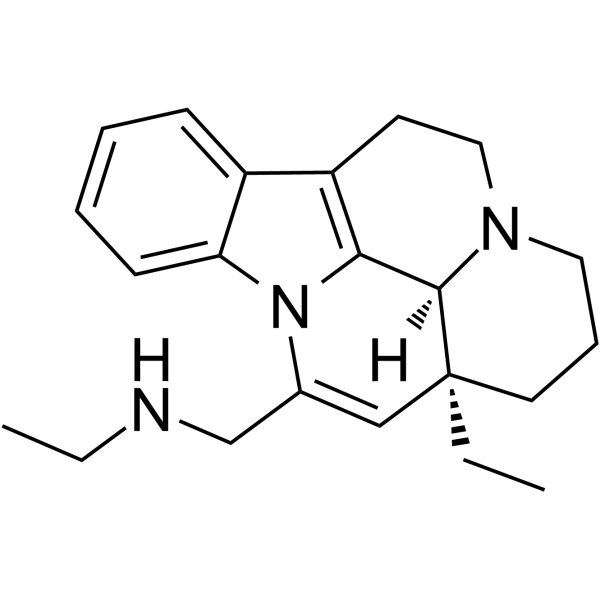
-
- HY-147502
-
|
|
Apoptosis
|
Cardiovascular Disease
|
|
Vin-C01 is a potent pancreatic β-cells protective agent with an EC50 of 0.22 µM. Vin-C01 effectively promotes β-cell survival and protects β-cells from STZ-induced apoptosis. Vin-C01 can be used for type 2 diabetes mellitus research .
|
-
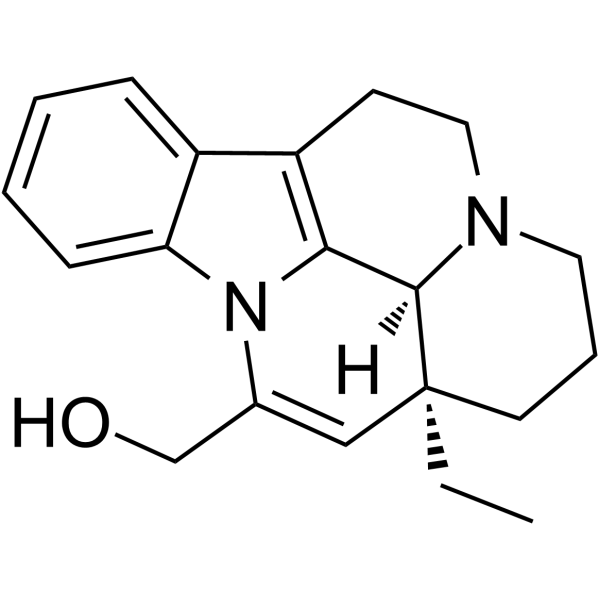
-
- HY-B0401A
-
|
|
Apoptosis
|
Metabolic Disease
|
|
Tolbutamide sodium is a potent and orally active antidiabetic agent. Tolbutamide sodium induces apoptosis in a Ca 2+ dependent manner in pancreatic β-cells. Tolbutamide sodium has the potential for the research of non-insulin-dependent diabetes mellitus .
|
-
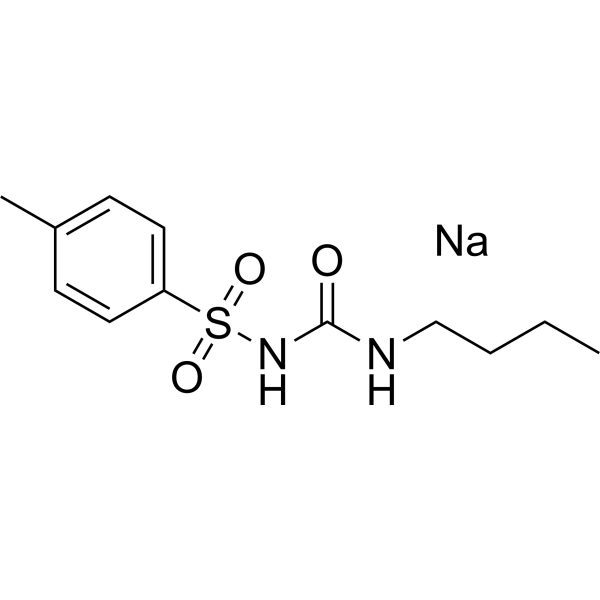
-
- HY-P1980
-
|
|
Apoptosis
|
Metabolic Disease
|
|
A-71915 (TFA) is a selective inhibitor of ANP receptor (atrial natriuretic peptide-receptor), induces apoptosis and decreases insulin secretion in RINm5F pancreatic β-cells .
|
-
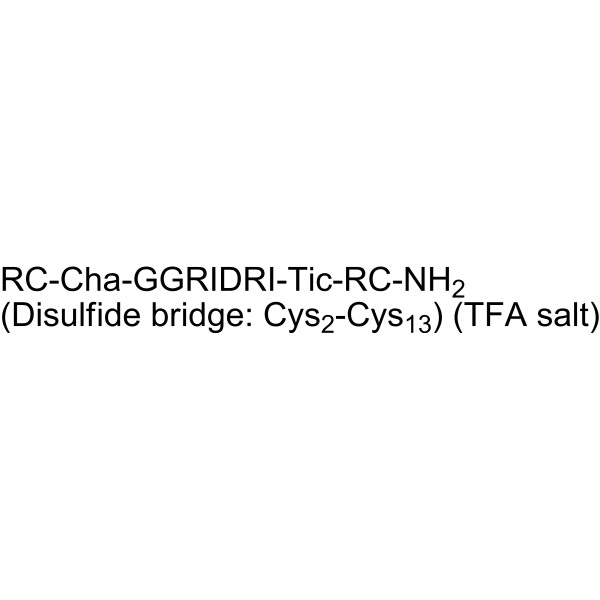
-
- HY-P1871
-
|
|
Amylin Receptor
|
Metabolic Disease
|
|
Amylin (IAPP), feline is a 37-amino acid polypeptide from feline. Amylin (IAPP), feline is one of the major secretory products of β-cells of the pancreatic islets. Amylin (IAPP), feline is a regulatory peptide, which inhibits insulin and glucagon secretion .
|
-

-
- HY-B0422
-
|
A4166; Senaglinide
|
Potassium Channel
Dipeptidyl Peptidase
|
Metabolic Disease
|
|
Nateglinide, a D-phenylalanine derivative, is an orally active and short-acting insulinotropic agent and a DPP IV inhibitor. Nateglinide inhibits ATP-sensitive K + channels in pancreatic β-cells. Nateglinide is used for the treatment of type 2 (non-insulin-dependent) diabetes mellitus .
|
-

-
- HY-P1871A
-
|
|
Amylin Receptor
|
Metabolic Disease
|
|
Amylin (IAPP), feline TFA is a 37-amino acid polypeptide from feline. Amylin (IAPP), feline TFA is one of the major secretory products of β-cells of the pancreatic islets. Amylin (IAPP), feline TFA is a regulatory peptide, which inhibits insulin and glucagon secretion .
|
-

-
- HY-B0422S
-
|
A4166 D5; Senaglinide D5
|
|
|
|
Nateglinide-d5 is a deuterium labeled Nateglinide. Nateglinide, a D-phenylalanine derivative, is an orally active and short-acting insulinotropic agent and a DPP IV inhibitor. Nateglinide inhibits ATP-sensitive K+ channels in pancreatic β-cells. Nateglinide is used for the treatment of type 2 (non-insulin-dependent) diabetes mellitus[1][2].
|
-

-
- HY-P2501
-
|
|
Amylin Receptor
|
Metabolic Disease
|
|
Amylin (8-37), human is a fragment of human Amylin. Amylin (8-37), human has direct vasodilator effects in the isolated mesenteric resistance artery of the rat. Human Amylin is a small hormone secreted by pancreatic β-cells that forms aggregates under insulin deficiency metabolic conditions, and it constitutes a pathological hallmark of type II diabetes mellitus .
|
-

-
- HY-P3622
-
|
|
GCGR
|
Metabolic Disease
|
|
(Ser8)-GLP-1 (7-36) amide, human is a glucagon-like peptide 1 amide derived from glucagonogen, a cleavage product of the GLP-1 (1-36) amide peptide. (Ser8)-GLP-1 (7-36) amide, human is an entero-insulinotropic hormone that causes glucose-dependent release of insulin from pancreatic β-cells and affects gastrointestinal motility and secretion .
|
-

-
- HY-107535
-
|
|
GPR119
TRP Channel
|
Metabolic Disease
|
|
AS1269574 is a potent, orally available GPR119 agonist, with an EC50 of 2.5 μM in HEK293 cells expressing human GPR119. AS1269574 activates TRPA1 cation channels to stimulate glucagon-like peptide-1 (GLP-1) secretion. AS1269574 specifically induces glucose-dependent insulin secretion from pancreatic β-cells only under high-glucose conditions. AS1269574 has the potential for the research of type 2 diabetes .
|
-

-
- HY-162036
-
|
|
Glucosidase
Amylases
Cholinesterase (ChE)
|
Neurological Disease
Metabolic Disease
|
|
α-Amylase/α-Glucosidase-IN-7 (Compound 3f) is a competitive α-glucosidase and α-amylase enzyme inhibitor with IC50 values of 18.52 and 20.25 µM, respectively. α-Amylase/α-Glucosidase-IN-7 can also effectively inhibit AChE and BChE, with IC50 values of 9.25 and 10.06 µM respectively. α-Amylase/α-Glucosidase-IN-7 can be used in diabetes and Alzheimer’s research .
|
-
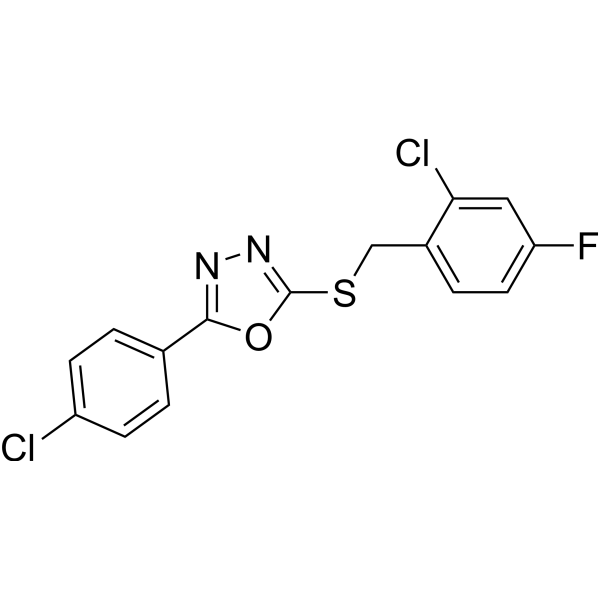
-
- HY-107543
-
|
|
Ras
|
Others
|
|
8-CPT-2Me-cAMP sodium is a selective activator of exchange proteins activated by cAMP (Epac), the cAMP sensitive guanine nucleotide exchange factors (GEFs) for the small GTPases Rap1 and Rap2. 8-CPT-2Me-cAMP sodium activates Epac1 (EC50 = 2.2 μM), but not PKA (EC50> 10 μM) . 8-CPT-2Me-cAMP sodium stimulates Epac-mediated Ca 2+ release in pancreatic β-cells in vitro .
|
-

-
- HY-109030
-
|
HMS5552
|
Glucokinase
|
Metabolic Disease
|
|
Dorzagliatin (HMS5552), a dual-acting glucokinase (GK) activator, improves glycaemic control and pancreatic β-cell function in type 2 diabetes .
|
-
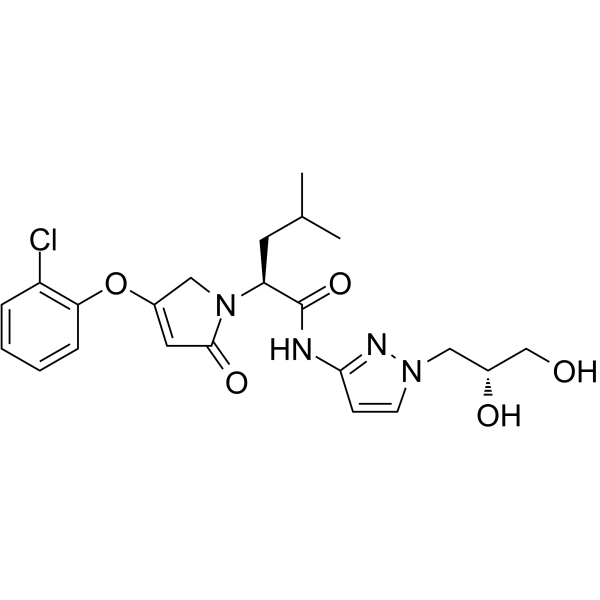
-
- HY-P1156
-
-

-
- HY-P1156A
-
-

-
- HY-124735
-
|
|
Others
|
Metabolic Disease
|
|
RH01687 is a compound that can protect pancreatic β cells against endoplasmic reticulum stress-induced cell death. RH01687 has the potential for the research of diabetes .
|
-

-
- HY-N9363
-
|
|
Others
|
Metabolic Disease
|
|
Corymbiferin is one of active constituents, responsible for anti-diabetic properties. Corymbiferin improves antioxidant capacity and carbohydrate metabolism in diabetic rats, along with the improvement of histopathology of livers and pancreatic β cells .
|
-

-
- HY-12074
-
|
|
GSK-3
|
Metabolic Disease
|
|
Cazpaullone is a glycogen synthase kinase-3 (GSK-3) inhibitor. Cazpaullone can activate pancreatic beta cell protection and replication. Cazpaullone can be used for the research of diabetes .
|
-
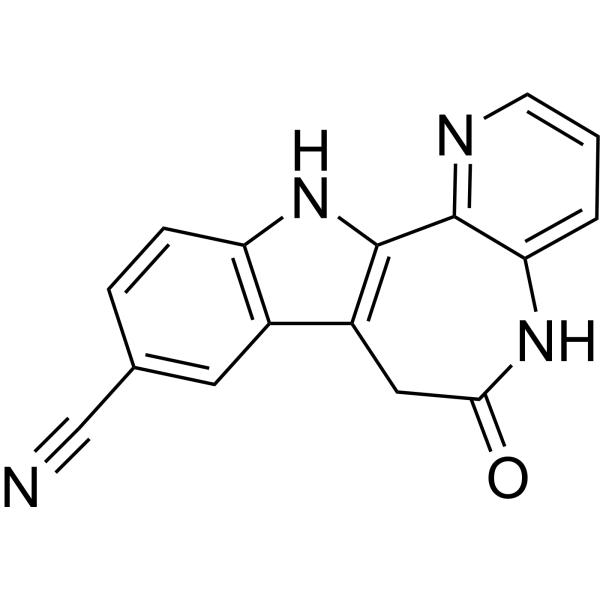
-
- HY-120711
-
|
ML187
|
Apoptosis
|
Metabolic Disease
|
|
BRD0476 is an inhibitor of pancreatic β-cell apoptosis with an EC50 value of 0.78 μM and a maximal inhibitory activity of 99%. BRD0476 can be used in diabetes-related research .
|
-
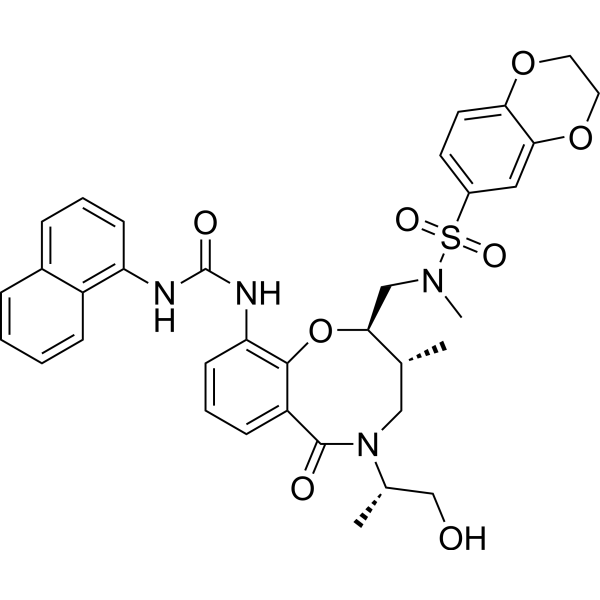
-
- HY-12462
-
|
|
Others
|
Inflammation/Immunology
|
|
WS3 is a novel proliferative molecule that promotes pancreatic β cell proliferation in rodent and human primary islets. WS3 can be used for the research of type 1 diabetes .
|
-

-
- HY-N7729
-
|
|
Amylases
Glucosidase
|
Metabolic Disease
|
|
Sekikaic acid is an α-glucosidase (Glucosidase) and α-amylase (Amylases) inhibitor with hypolipidemic, antioxidant and antidiabetic activities. Sekikaic acid significantly reduces LDL, total cholesterol, and total glyceride levels and causes pancreatic beta cell regeneration .
|
-
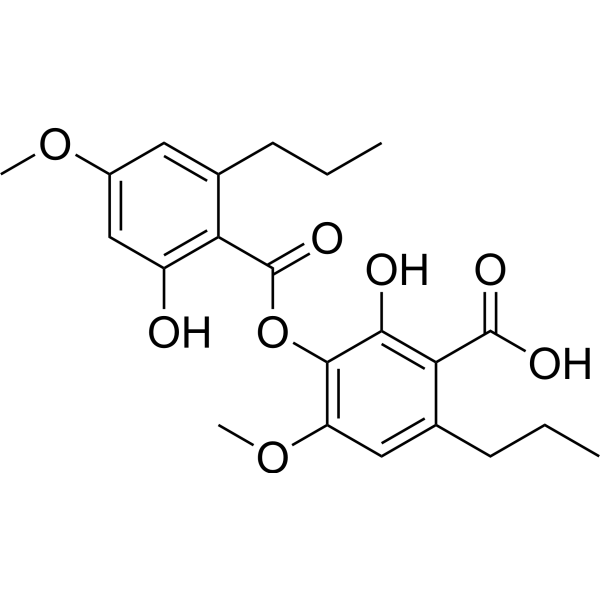
-
- HY-108589
-
|
PNU 37883A
|
Potassium Channel
|
Neurological Disease
|
|
PNU 37883 hydrochloride (PNU 37883A) is a selective vascular ATP-sensitive potassium (Kir6, KATP) channels blocker. PNU 37883 hydrochloride has diuretic effects with specific binding in kidney and vascular smooth muscle rather than in brain or pancreatic beta cells .
|
-
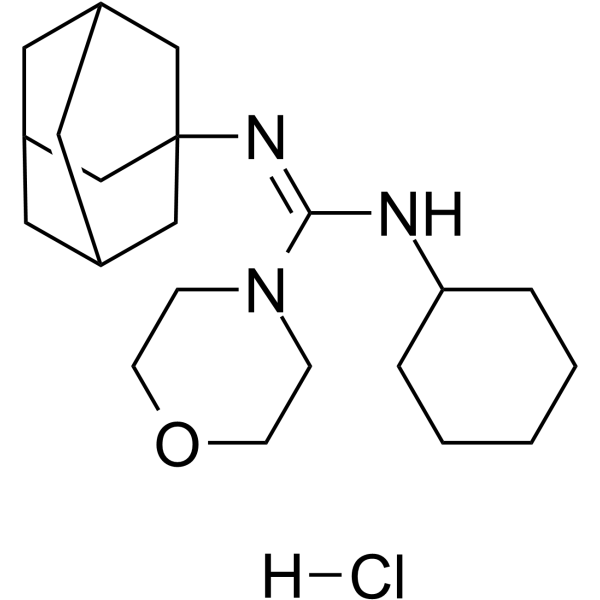
-
- HY-P2989
-
|
|
Endogenous Metabolite
|
Metabolic Disease
|
|
Pyruvate carboxylase is a biotin-containing enzyme that catalyzes the HCO3 − and MgATP dependent carboxylation of pyruvate to form oxaloacetate. Pyruvate carboxylase plays an essential role in controlling whole-body energetics through regulation of gluconeogenesis in the liver, synthesis of fatty acids in adipocytes, and insulin secretion in pancreatic β cells .
|
-

-
- HY-B0682
-
|
KAD-1229 free acid anhydrous; S21403 free acid anhydrous
|
Potassium Channel
|
Metabolic Disease
|
|
Mitiglinide (KAD-1229), an insulinotropic agent, is an ATP-sensitive K + (KATP) channel antagonist. Mitiglinide is highly specific to the Kir6.2/SUR1 complex (the pancreatic beta-cell KATP channel). Mitiglinide can be used for the research of type 2 diabetes .
|
-

-
- HY-B0254
-
|
CP 28720; K 4024
|
Potassium Channel
|
Metabolic Disease
|
|
Glipizide (CP 2872; K 4024) a potent, orally active and sulfonylurea class anti-diabetic agent and can be used for type 2 diabetes mellitus research but not type 1. Glipizide acts by partially blocking ATP-sensitive potassium (KATP) channels among β cells of pancreatic islets of Langerhans .
|
-
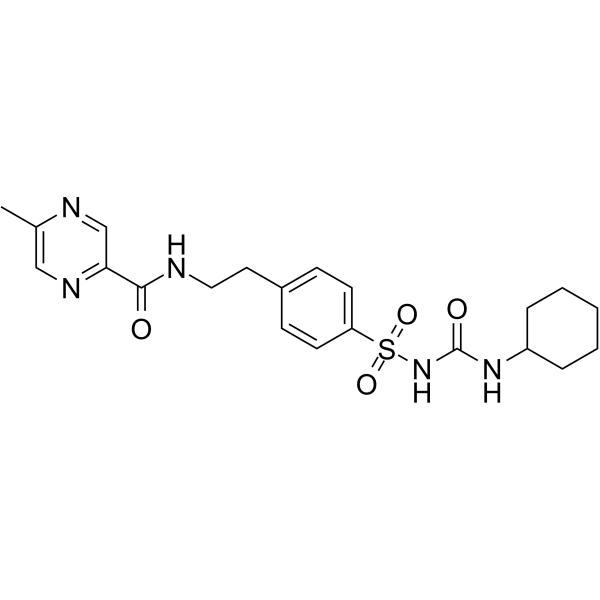
-
- HY-17398
-
|
KAD-1229 anhydrous; S21403 anhydrous
|
Potassium Channel
|
Metabolic Disease
|
|
Mitiglinide Calcium (KAD-1229 anhydrous), an insulinotropic agent, is an ATP-sensitive K + (KATP) channel antagonist. Mitiglinide Calcium is highly specific to the Kir6.2/SUR1 complex (the pancreatic beta-cell KATP channel). Mitiglinide Calcium can be used for the research of type 2 diabetes .
|
-

-
- HY-B0682A
-
|
KAD-1229; S-21403
|
Potassium Channel
|
Metabolic Disease
|
|
Mitiglinide calcium hydrate (KAD-1229), an insulinotropic agent, is an ATP-sensitive K + (KATP) channel antagonist. Mitiglinide calcium hydrate is highly specific to the Kir6.2/SUR1 complex (the pancreatic beta-cell KATP channel). Mitiglinide Calcium hydrate can be used for the research of type 2 diabetes .
|
-

-
- HY-B0254S
-
|
|
Potassium Channel
|
Metabolic Disease
|
|
Glipizide-d11 is the deuterium labeled Glipizide. Glipizide (CP 2872; K 4024) a potent, orally active and sulfonylurea class anti-diabetic agent and can be used for type 2 diabetes mellitus research but not type 1. Glipizide acts by partially blocking ATP-sensitive potassium (KATP) channels among β cells of pancreatic islets of Langerhans[1][2].
|
-

-
- HY-B0682S2
-
|
|
Potassium Channel
|
Metabolic Disease
|
|
Mitiglinide-d5 (calcium) is deuterium labeled Mitiglinide. Mitiglinide (KAD-1229), an insulinotropic agent, is an ATP-sensitive K+ (KATP) channel antagonist. Mitiglinide is highly specific to the Kir6.2/SUR1 complex (the pancreatic beta-cell KATP channel). Mitiglinide can be used for the research of type 2 diabetes[1][2].
|
-

-
- HY-B0682S1
-
|
|
Potassium Channel
|
Metabolic Disease
|
|
(2R)-Mitiglinide-d5 (calcium) is deuterium labeled Mitiglinide. Mitiglinide (KAD-1229), an insulinotropic agent, is an ATP-sensitive K+ (KATP) channel antagonist. Mitiglinide is highly specific to the Kir6.2/SUR1 complex (the pancreatic beta-cell KATP channel). Mitiglinide can be used for the research of type 2 diabetes[1][2].
|
-
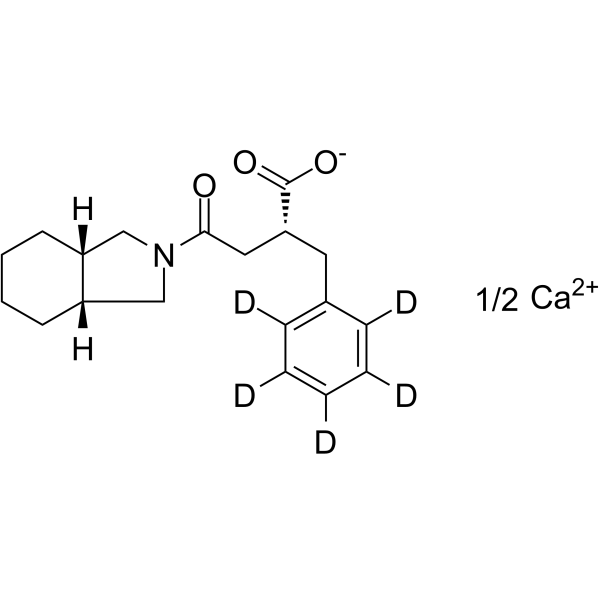
-
- HY-B0682S
-
|
|
Potassium Channel
|
Metabolic Disease
|
|
Mitiglinide-d8 (calcium hydrate) (KAD-1229-d8) is the deuterium labeled Mitiglinide calcium hydrate. Mitiglinide calcium hydrate (KAD-1229), an insulinotropic agent, is an ATP-sensitive K+ (KATP) channel antagonist. Mitiglinide calcium hydrate is highly specific to the Kir6.2/SUR1 complex (the pancreatic beta-cell KATP channel). Mitiglinide Calcium hydrate can be used for the research of type 2 diabetes[1][2].
|
-
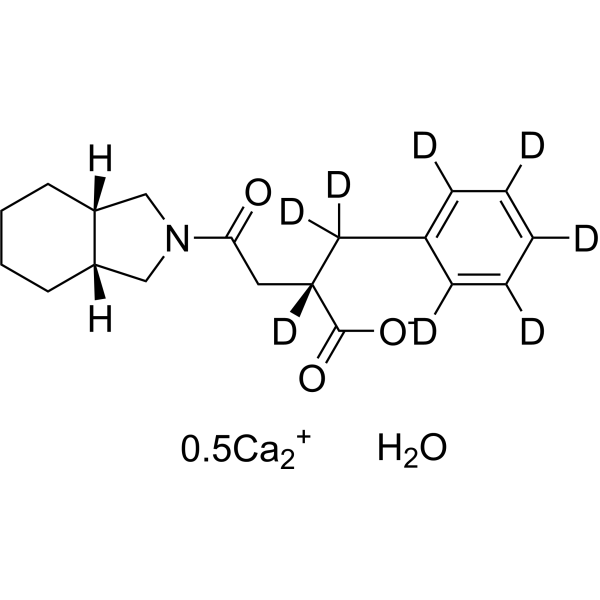
-
- HY-19618
-
|
|
|
|
|
BRD3308 is a highly selective HDAC3 inhibitor with an IC50 of 54 nM. BRD3308 is 23-fold selectivity for HDAC3 over HDAC1 (IC50 of 1.26 μM) or HDAC2 (IC50 of 1.34 μM). BRD3308 suppresses pancreatic β-cell apoptosis induced by inflammatory cytokines or glucolipotoxic stress, and increases functional insulin release. BRD3308 activates HIV-1 transcription and disrupts HIV-1 latency .
|
-
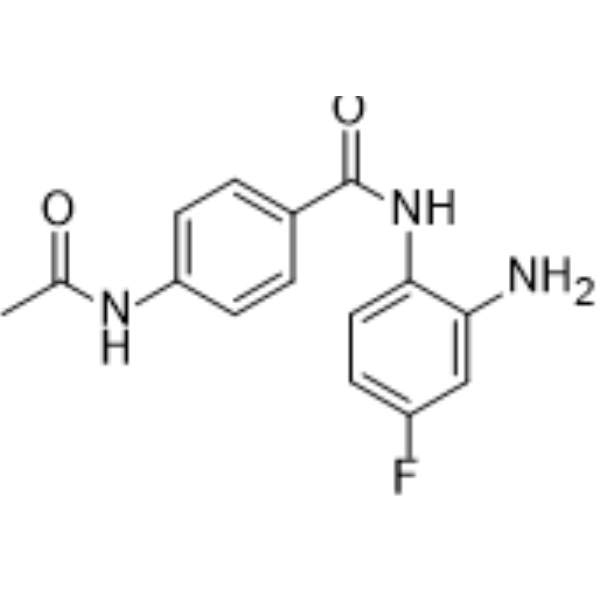
| Cat. No. |
Product Name |
Type |
-
- HY-P2989
-
|
|
Biochemical Assay Reagents
|
|
Pyruvate carboxylase is a biotin-containing enzyme that catalyzes the HCO3 − and MgATP dependent carboxylation of pyruvate to form oxaloacetate. Pyruvate carboxylase plays an essential role in controlling whole-body energetics through regulation of gluconeogenesis in the liver, synthesis of fatty acids in adipocytes, and insulin secretion in pancreatic β cells .
|
| Cat. No. |
Product Name |
Target |
Research Area |
-
- HY-P1871A
-
|
|
Amylin Receptor
|
Metabolic Disease
|
|
Amylin (IAPP), feline TFA is a 37-amino acid polypeptide from feline. Amylin (IAPP), feline TFA is one of the major secretory products of β-cells of the pancreatic islets. Amylin (IAPP), feline TFA is a regulatory peptide, which inhibits insulin and glucagon secretion .
|
-
- HY-P1980
-
|
|
Apoptosis
|
Metabolic Disease
|
|
A-71915 (TFA) is a selective inhibitor of ANP receptor (atrial natriuretic peptide-receptor), induces apoptosis and decreases insulin secretion in RINm5F pancreatic β-cells .
|
-
- HY-P1871
-
|
|
Amylin Receptor
|
Metabolic Disease
|
|
Amylin (IAPP), feline is a 37-amino acid polypeptide from feline. Amylin (IAPP), feline is one of the major secretory products of β-cells of the pancreatic islets. Amylin (IAPP), feline is a regulatory peptide, which inhibits insulin and glucagon secretion .
|
-
- HY-P2501
-
|
|
Amylin Receptor
|
Metabolic Disease
|
|
Amylin (8-37), human is a fragment of human Amylin. Amylin (8-37), human has direct vasodilator effects in the isolated mesenteric resistance artery of the rat. Human Amylin is a small hormone secreted by pancreatic β-cells that forms aggregates under insulin deficiency metabolic conditions, and it constitutes a pathological hallmark of type II diabetes mellitus .
|
-
- HY-P5390
-
|
|
Peptides
|
Others
|
|
GIP, rat is a biological active peptide. (GIP (Glucose-dependent Insulinotropic Polypeptide or also known as Gastric Inhibitory Polypeptide) is a 42-amino acid peptide released by the K cells of the duodenum and jejunum in response to food intake. GIP, together with GLP (Gastric-like Peptide) are members of the hormone peptide family of Incretins which stimulate insulin secretion from pancreatic islet β-cells, and also appears to promote beta cell proliferation and beta cell survival. Recent studies suggest that GIP plays a role in lipid homeostasis and possibly in the pathogenesis of obesity.)
|
-
- HY-P3622
-
|
|
GCGR
|
Metabolic Disease
|
|
(Ser8)-GLP-1 (7-36) amide, human is a glucagon-like peptide 1 amide derived from glucagonogen, a cleavage product of the GLP-1 (1-36) amide peptide. (Ser8)-GLP-1 (7-36) amide, human is an entero-insulinotropic hormone that causes glucose-dependent release of insulin from pancreatic β-cells and affects gastrointestinal motility and secretion .
|
-
- HY-P1475
-
|
C-Peptide (dog)
|
Peptides
|
Metabolic Disease
|
|
C-Peptide, dog is a component of proinsulin, released from pancreatic beta cells into blood together with
insulin.
|
-
- HY-P4813
-
|
|
Peptides
|
Metabolic Disease
|
|
Preptin, an osteogenic peptide product of the pancreatic beta-cell, corresponds to Asp 69-Leu 102 of pro-IGF-II .
|
-
- HY-P1156
-
-
- HY-P1156A
-
-
- HY-P5390A
-
|
|
Peptides
|
Others
|
|
GIP, rat TFA is a bioactive peptide of rat origin. (GIP (glucose-dependent insulinotropic polypeptide or also known as gastric inhibitory polypeptide) is a 42-amino acid peptide released by K cells in the duodenum and jejunum in response to food intake. GIP and GLP (gastric-like peptide) are both intestinal A member of the insulinotropic hormone peptide family that stimulates insulin secretion from pancreatic beta cells and appears to also promote beta cell proliferation and beta cell survival. Recent studies suggest that GIP plays a role in lipid homeostasis and may play a role in the pathogenesis of obesity function in the mechanism.
|
-
- HY-P2989
-
|
|
Endogenous Metabolite
|
Metabolic Disease
|
|
Pyruvate carboxylase is a biotin-containing enzyme that catalyzes the HCO3 − and MgATP dependent carboxylation of pyruvate to form oxaloacetate. Pyruvate carboxylase plays an essential role in controlling whole-body energetics through regulation of gluconeogenesis in the liver, synthesis of fatty acids in adipocytes, and insulin secretion in pancreatic β cells .
|
| Cat. No. |
Product Name |
Category |
Target |
Chemical Structure |
| Cat. No. |
Product Name |
Chemical Structure |
-
- HY-B0254S
-
|
|
|
Glipizide-d11 is the deuterium labeled Glipizide. Glipizide (CP 2872; K 4024) a potent, orally active and sulfonylurea class anti-diabetic agent and can be used for type 2 diabetes mellitus research but not type 1. Glipizide acts by partially blocking ATP-sensitive potassium (KATP) channels among β cells of pancreatic islets of Langerhans[1][2].
|
-

-
- HY-B0682S2
-
|
|
|
Mitiglinide-d5 (calcium) is deuterium labeled Mitiglinide. Mitiglinide (KAD-1229), an insulinotropic agent, is an ATP-sensitive K+ (KATP) channel antagonist. Mitiglinide is highly specific to the Kir6.2/SUR1 complex (the pancreatic beta-cell KATP channel). Mitiglinide can be used for the research of type 2 diabetes[1][2].
|
-

-
- HY-B0682S1
-
|
|
|
(2R)-Mitiglinide-d5 (calcium) is deuterium labeled Mitiglinide. Mitiglinide (KAD-1229), an insulinotropic agent, is an ATP-sensitive K+ (KATP) channel antagonist. Mitiglinide is highly specific to the Kir6.2/SUR1 complex (the pancreatic beta-cell KATP channel). Mitiglinide can be used for the research of type 2 diabetes[1][2].
|
-

-
- HY-B0682S
-
|
|
|
Mitiglinide-d8 (calcium hydrate) (KAD-1229-d8) is the deuterium labeled Mitiglinide calcium hydrate. Mitiglinide calcium hydrate (KAD-1229), an insulinotropic agent, is an ATP-sensitive K+ (KATP) channel antagonist. Mitiglinide calcium hydrate is highly specific to the Kir6.2/SUR1 complex (the pancreatic beta-cell KATP channel). Mitiglinide Calcium hydrate can be used for the research of type 2 diabetes[1][2].
|
-

Your information is safe with us. * Required Fields.
Inquiry Information
- Product Name:
- Cat. No.:
- Quantity:
- MCE Japan Authorized Agent:









































